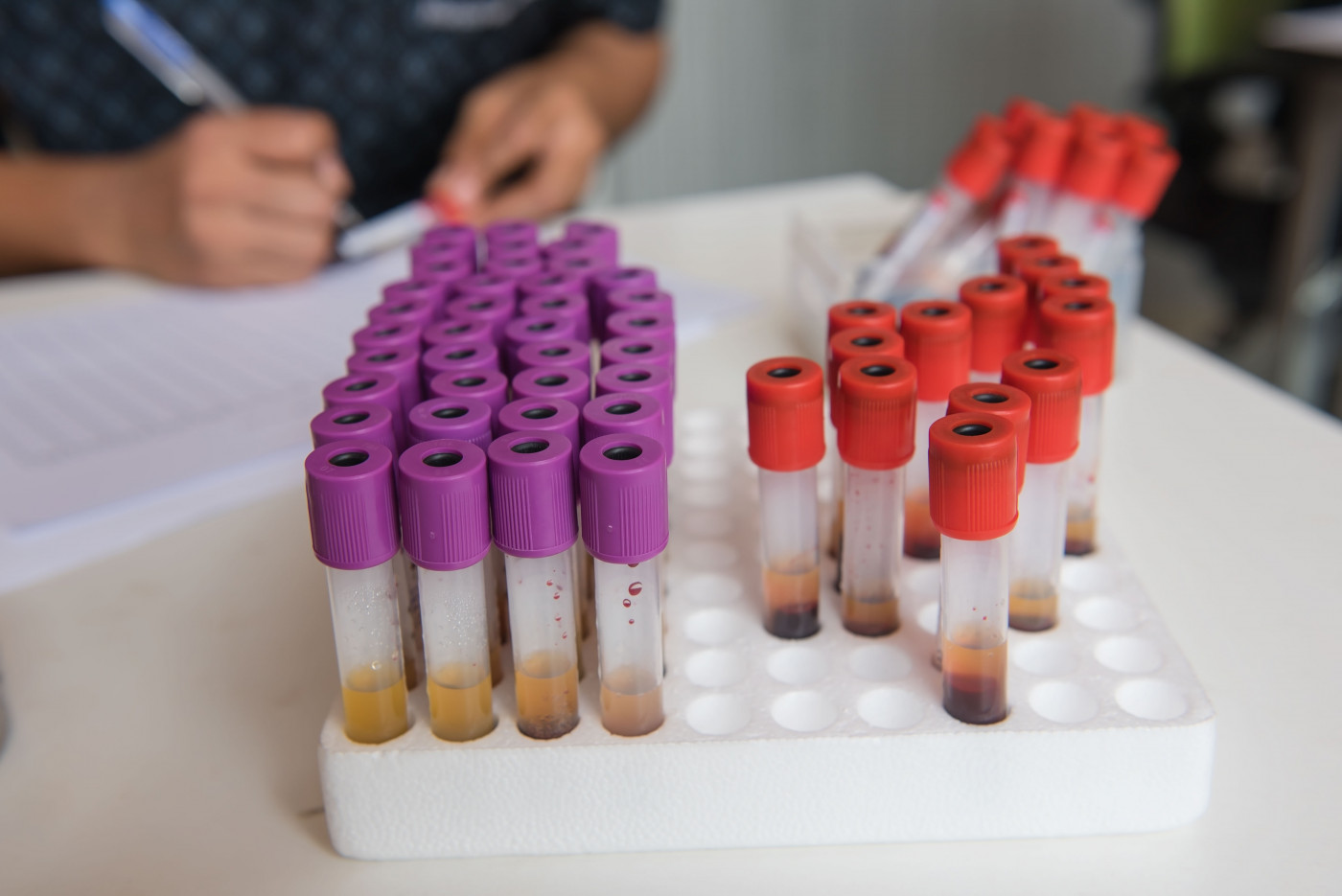Changed Levels of Complement-associated Proteins Implicated in Generalized MG, Study Suggests

Altered levels of immune proteins associated with the complement system may be implicated in generalized myasthenia gravis (MG), a new study suggests.
The study, “Changes in serum complements and their regulators in generalised myasthenia gravis,” was published in the European Journal of Neurology.
The complement system is a group of more than 30 proteins in the blood. These proteins can be activated by certain stimuli (e.g., disease-causing bacteria) to induce a powerful inflammatory response. As such, the complement system helps the body fight infections, but emerging evidence also has indicated a role in autoimmune diseases, including MG. Understanding how the complement system contributes to the development and manifestations of MG remains an area of ongoing investigation.
Researchers in Japan recently assessed levels of complement proteins in 44 people with generalized MG. The average age of the group was 52.6 years, 61.4% were women, and all were positive for antibodies against the acetylcholine receptor, the most common cause of MG.
For comparison, the scientists also measured protein levels in 20 people with other neurological diseases — nine with multiple system atrophy and 11 with amyotrophic lateral sclerosis — who were similar to those with MG in terms of age and sex distribution (control group).
All of the measured complement protein levels tended to be higher in people with MG compared to controls. However, none of these differences reached statistical significance, meaning it is impossible to discount the possibility that they are a result of chance.
Yet, two complement-associated proteins were found at significantly different levels comparing the two groups: vitronectin was at higher levels, while properdin was lower in people with MG than in controls.
Vitronectin is commonly regarded as a negative regulator of the complement system, meaning the protein limits complement activation.
The investigators said that elevated vitronectin levels could be a byproduct of inflammatory processes. In particular, vitronectin expression is known to be induced by an inflammatory signaling molecule known as IL-6.
“We believe that the interaction between IL-6 and vitronectin is important in the pathogenesis [development] of MG, and that this interaction could have led to the elevated vitronectin levels in this study,” the researchers wrote.
Properdin is generally believed to be an activator of the complement system, although its deficiency has been shown in an autoimmune disease called chronic discoid lupus erythematosus.
“The role of properdin in complement-mediated diseases might be complex and potentially context-specific,” the team added. “In this study, properdin levels in patients with MG was considerably lower, especially in severe cases, suggesting properdin could work as a protective factor for MG.”
Notably, statistical analyses showed that levels of sC5b-9, a complex of complement proteins, and of vitronectin tended to decrease with increasing age in the MG group, but not the control group.
“sC5b-9 and vitronectin levels may be higher in patients with early-onset MG,” the researchers wrote.
According to the scientists, the study’s limitations include its relatively small number of participants, and the fact that the control group had patients with amyotrophic lateral sclerosis, which may activate the complement system. As such, “large-scale and prospective studies or experimental animal model research are needed to address these issues,” the investigators added.







Leave a comment
Fill in the required fields to post. Your email address will not be published.